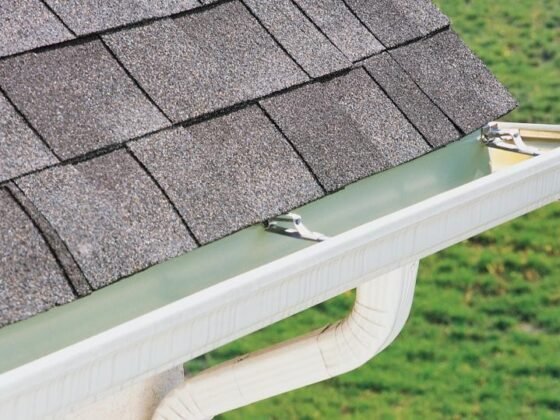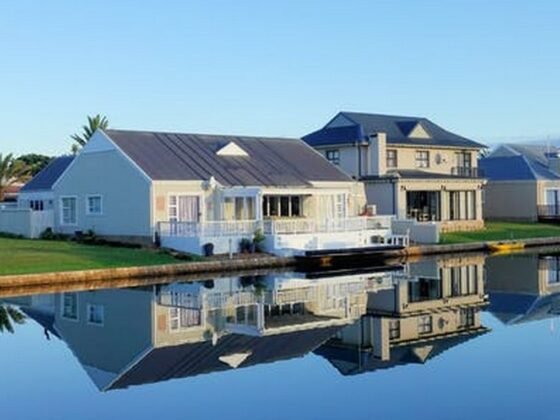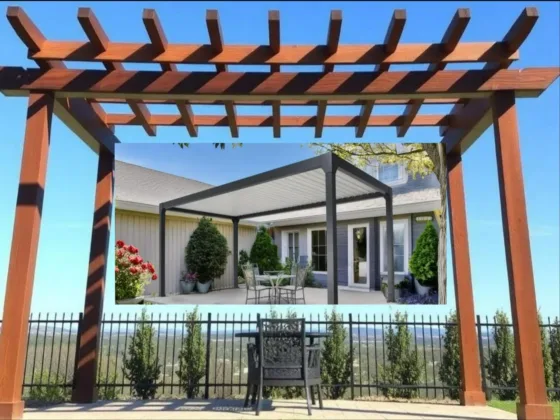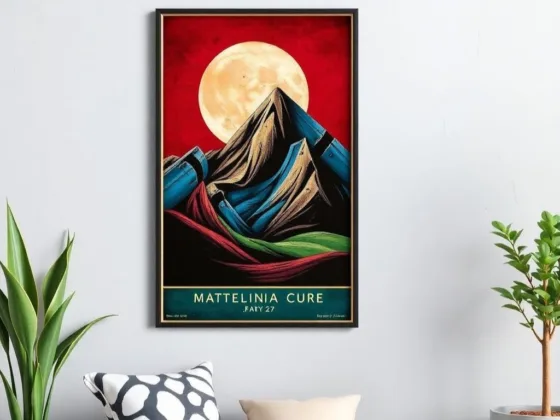Table of Contents Show
For those who want to “get out of the city” and feel like they are more connected with nature, the French provincial design is a nice breath of fresh air. It’s not a forest – but if you were to compare it with anything, it would be like your French grandma’s country house.
These kitchens are very cozy and will make you feel like you walked straight into the heart of classic Provence. With that in mind, while creating this kind of kitchen might seem straightforward, it is not actually that simple to do. Here is how you may approach it.
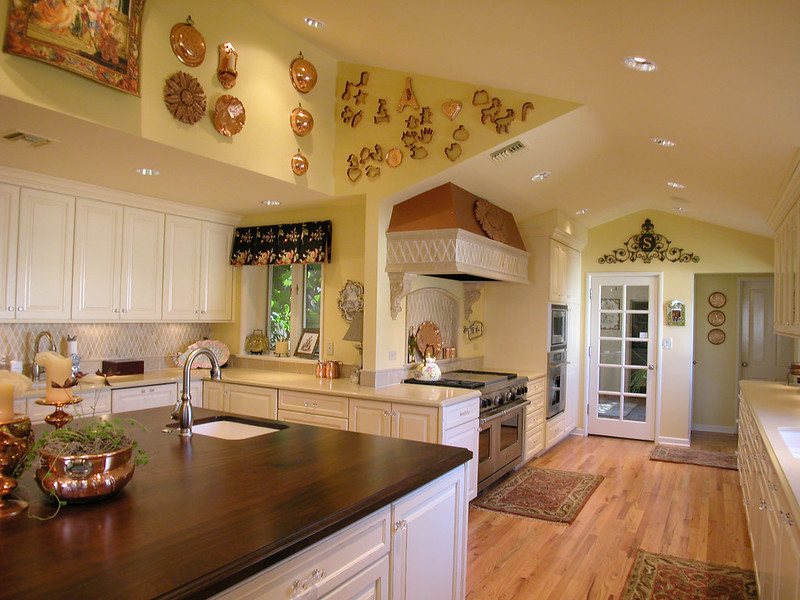
1. Balance Nature with Rustic Beauty
As you may have already imagined, the French provincial design comes from the French countryside – namely, from Provence. This décor is ornate and elegant while connecting the people with nature and more traditional elements. You can expect most of the things from a provincial kitchen to take on a more “au naturel” vibe.
“The essence is a refined elegance that is humbled by bringing in aspects of nature such as weathered and whitewashed wood, and neutral color palettes,” says Ariel Richardson of ASR Richardson Studio. “It’s also playful with its touches of botanical themes in art, fabric, wallpaper, and accessories,” Richardson adds.
2. Arrange the Lighting
French provincial kitchen cabinets are all about the warmth – about the connection with nature. So, these kitchens are going to be properly lit. Make sure you strategically place sources of lighting in the kitchen so that you get all the light that you need.
You might also want to go for warm lighting instead of the cold kind, as it will keep the kitchen slightly more “au naturel,” once again.
“Lighting is the final touch on your provincial kitchen. A series of pendant lights above the island has always been the mainstay. However, what I love is one unique antique light strategically positioned over the island bench,” notes Dominique McAdam of Provincial Kitchens Homes.
“Another great use of lighting is to not crowd the back wall of the kitchen with cabinets. Instead, leave space to introduce wall sconce lights to illuminate the benches,” says Dominique.
Read Also:
3. Use Warm Colors
Once more, people from Provence like their kitchen warm. We are clear on the lighting, but you’ll also want to be careful with the color combos that you use. Pretty much any color from the palette may be used, but for the best effect, use earthly, warm shades.
This will create a kitchen look that is very inviting – inviting you to stay there. You may also use darker colors such as black or gray, but make sure that you do not overdo it. Darker tones should be used minimally, and their purpose is to put the bolder colors in contrast.
4. Curved Lines
The provincial French was all about the curves. You would not see any straight lines there, as you see in most of today’s modern furniture.
French provincial kitchen goes for a more flowing look, with soft curves and carved designs. With that in mind, they never actually look ostentatious, as they are made from materials of natural origin.
“The Louis armchair is the most representative of the French country style, as it embodies elegant clean lines and sturdy wooden constructions. It also tends to have a whitewashed finish with plush cushions,” advises Richardson.
5. Add Patterns
French provincial kitchens also feature a more maximalist style, so you’ll see a lot of patterns in these designs. The purpose of the pattern is to add character and color to a room. This may also be the reason why no two French provincial kitchens will look the same.
There are many patterns you can use, from plaids and stripes to checks and toiles. Some recurring motifs include roosters, lavender, olives, and sunflower – most of them found on tablecloths and curtains.
The Bottom Line
French provincial kitchens are a great option for those who want an escape from the modern kitchen. Focus on warm elements, curved lines, and natural materials when designing the area. By mixing and matching the right items, you should be able to create a room that exudes both elegance and natural vibes.
